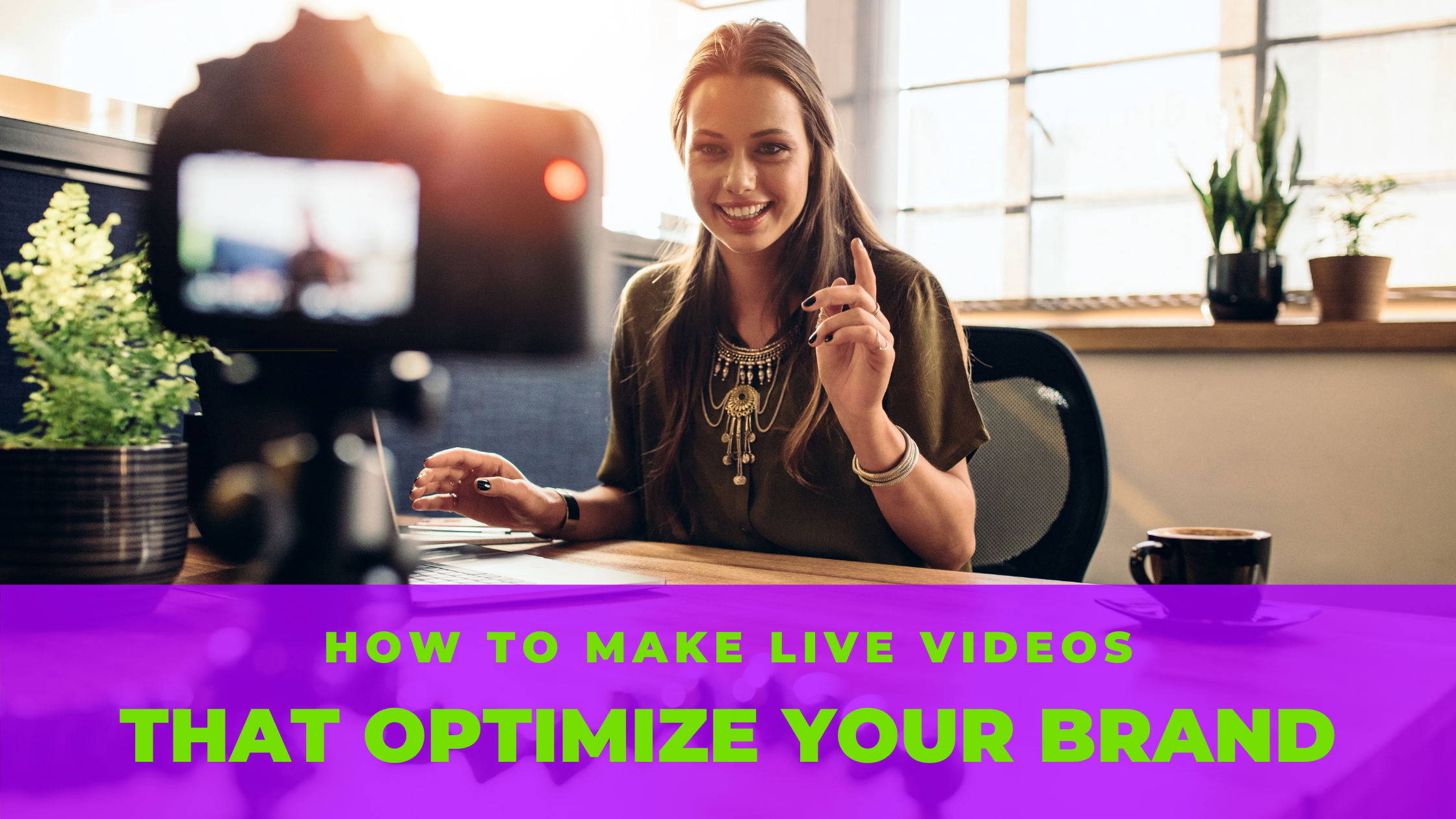As social media platforms increasingly reach into more areas of our lives, content creators embrace new interactive ways to promote their brand. They know that it’s not enough just to showcase great products, but also to start a friendly, face-to-face conversation with audiences.
Among the different types of content, a live streaming session is one of the most conducive to your promotional efforts. As part of your video marketing strategy, a live broadcast can better help you communicate directly with your audience and address their needs in real-time.
There is a lot to unpack when it comes to live video, especially if it’s your first time doing it. But that shouldn’t be a problem for you, as today we’ll show you a few essential steps you can take to launch a live streaming session on social media successfully.
Planning A Broadcast Is So Crucial
Live broadcasts are a great format to create content easily for your viewers while humanizing your brand with a friendly message. But long before thinking about the best platform or technology to use, you must set your goals clearly. What do you want to offer and get through your live stream videos?
There are many reasons why your business can benefit a lot from a live session. The format is so versatile; you can dedicate your videos to many different purposes, including:
- Opening a brand new apartment community
- Showcasing a newly renovated home
- Launching a new product or service
- Announcing upcoming events
- Throwing a customer Q&A session
- Set up an interview with an influential thought leader
Defining in detail why you want to go live and how you intend to do it will help you create a single unified message to promote your event. This way, audiences will have an excellent reason to form high expectations for your event.
Technical Factors To Note Before Going Live
Live broadcasts are a great format to create content easily for your viewers while humanizing your brand with a friendly message. But long before thinking about the best platform or technology to use, you must set your goals clearly. What do you want to offer and get through your live stream videos?
Although you shouldn’t spend a fortune on your first live video, you still want everything to come out smoothly. Above all, you want your broadcast to help you convey a professional image of your brand.
For that purpose, you need to be extra aware of the quality of the video your audience will view. In practice, that involves essentially three crucial factors:
- The lighting. As your video will feature human faces, you don’t want them to get lost in dark backgrounds. In open spaces, natural light usually works well. But if you’re shooting in a closed studio, make sure the light illuminates the speaker well and doesn’t cast any contrasts or shadows.
- The background noise. Traffic jams, wind, and office noise can ruin the sound quality of your live video. Therefore, you need to use a decent microphone, such as a lavalier, which reduces ambient noise and is easy to set up.
- The equipment. As you don’t want to deal with a shaky camera, you might want to get a sturdy tripod to give it stability. However, this is not so much a problem if you choose to broadcast from your laptop.
Let the Word Spread: Promoting Your Broadcast Ahead of Time
Your audience should not arrive cold to your live events. Rather, it would help if you harnessed the power of FOMO (Fear of Missing Out) to generate excitement and expectations about your broadcast. The question is: how to achieve this?
First, you should use all the resources that social platforms make available to raise awareness about your event. For instance, you can create visually appealing Instagram posts and particularly stories for announcing your live video days in advance.
Facebook and YouTube have even more advanced features, where you can create events with all the relevant information. That way, users can receive a direct reminder before the live session.
But not just tell your followers that you are going live: you need to create buzz around the event. When promoting your video, let your audience know that they’ll get exclusive value. Whether it’s the latest news about your brand or (who knows?) a special offer to be announced, attendees will be more willing to watch your event if you provide them with a unique benefit.
The Importance of Dry Running the Event Beforehand
A live broadcast is supposed to be more casual than other video formats. You don’t need to have a perfectly written script or the latest technology to throw a great session.
However, if unattended, there are a few common problems that could potentially ruin your live video. But these are always preventable, and there is no better way to avoid them than by running a rehearsal session.
A dry run allows you not only to test your technology but also to get familiar with the format. For example, you can throw one to:
- Practice what you want to say. Not through a detailed script, but an outline that includes the specific topics you want to cover, as well as the actions you want your audience to take at each point. (It’s unbelievably easy to forget about this last one!).
- Check your Internet connection. Video lag is the worst thing that could happen to your broadcast, which is why you need to verify whether the WIFI connection you count on is reliable.
- Run shorter live sessions for big events. For big events such as interviews with experts or product launches, you can even take time to do more informal, shorter live sessions talking about the event. That way, you’ll be prepared to address potential difficulties.
Three Basics of Branding During Live Broadcasts
Your goal in live streaming is to engage viewers with useful information to bring them closer to your brand. Therefore, throughout the video, you need to focus on communicating your brand identity, particularly that you care about your audience and that you have real value to offer.
When broadcasting it is crucial to showcase yourself as a helpful and knowledgeable provider. To achieve this, you must not forget to make the following elements part of your live message:
- Be interactive. Make it a rule to take some time to read your audience’s comments and take their questions during the broadcast. That way, they won’t feel you’re talking over to them but part of a real-time conversation.
- Add visual cues to your videos. Livestreaming services like Lightstream and BeLive allow you to custom your video with your logo, color palette, text, and designs, which is crucial for reminding audiences that you speak for your brand.
- Point audiences to the next step. Whether you want your viewers to “Follow your page,” “Visit your website,” or “Sign up for the event,” you need to remind them throughout the broadcast with clear calls to action. As indicated previously, this is something you want to do more than once at crucial points of the session.
Conclusion
Having looked at the ins and outs of live social video, you can now see why many content creators rank it as one of their favorite options when it comes to promoting their brand.
As mentioned, a live broadcast doesn’t require the most optimal script or technology in the market. On the contrary, the format gives you a lot of freedom to use all your creativity and resources to deliver your message.
Thus, there is no reason why you should keep waiting for the perfect moment to go live.
Grab your camera and your best ideas, and start conversing face-to-face with your viewers today.

